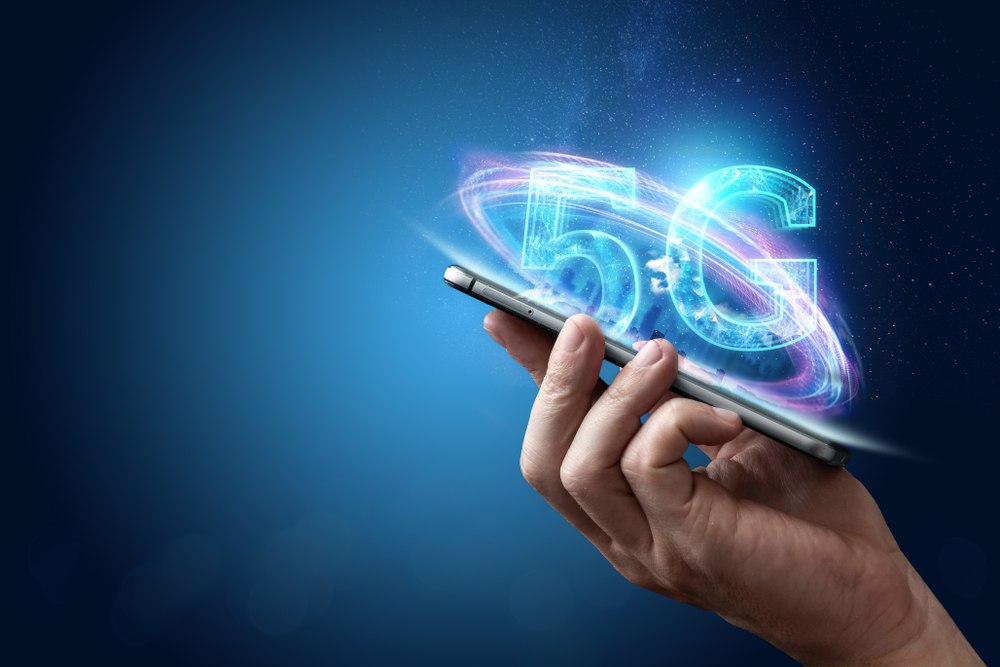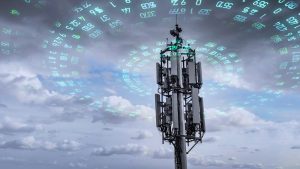5G and IoT: The Perfect Match for a Connected Future

The introduction of 5G technology is revolutionizing the way we connect and communicate. As a result, the demand for 5G services has been growing rapidly, with a compound annual growth rate (CAGR) of over 47%.
As a result, the 5G market is projected to be worth over $100 billion by 2024, and experts predict it could reach close to $1 trillion in the next decade. As a result, this new technology can change how we live and work, and analysts predict it will significantly impact the stock market.
As the world moves towards a more connected future, it’s important to understand the potential opportunities and challenges that 5G poses.
5G Technology
5G technology is expected to experience significant growth due to several factors. One of the main drivers is the increasing demand for fast and reliable internet connections. 5G networks offer lightning-fast download and upload speeds, as well as lower latency, which makes them ideal for applications such as streaming video, gaming, and the Internet of Things (IoT).
Additionally, 5G networks are designed to support a larger number of connected devices, expected to drive the growth of IoT applications. The widespread adoption of 5G technology by businesses and consumers is also expected to drive growth in the manufacturing, healthcare, and transportation industries.
A.I. and IoT Roles in 5G Growth
A.I. and IoT are expected to play a major role in driving the growth of the 5G market. The high-speed and low-latency capabilities of 5G networks make them well-suited for running A.I. and IoT applications.
A.I. can be used to analyze large amounts of data generated by IoT devices and can help improve the efficiency of IoT-enabled systems. Furthermore, the use of A.I. in 5G networks can enable more efficient use of network resources, leading to cost savings for service providers.
IoT devices are expected to be one of the major drivers of 5G growth. 5G networks, designed to support many connected devices, are likely to drive the growth of IoT applications. The high-speed and low-latency capabilities of 5G networks make them well-suited for running IoT applications such as smart cities, connected cars, and industrial internet.
In addition, IoT devices can generate a huge amount of data, and 5G networks can handle that efficiently, which makes these networks ideal for IoT-enabled systems. According to the GSM Association, the IoT market is expected to reach over $1.1 trillion in 2025, while IoT connections could reach 24 billion in 2025.
Ever-Advancing 5G Infrastructure
As the 5G market expands, technology companies are constantly looking for ways to improve the infrastructure that supports it. One such company, HFCL Limited, has recently introduced the Radio Unit 5G 8T8R, a next-generation R.U. with a small form factor that offers digital beamforming, increased energy efficiency, and zero-touch provisioning.
This new technology boasts advanced features such as the precise and targeted transmission of radio signals, resulting in a stronger and more reliable connection. Additionally, the device has a more efficient energy consumption, which helps to reduce overall costs.
The zero-touch provisioning feature allows for easy and seamless setup without requiring manual configuration. The introduction of this new technology is poised to revolutionize how we connect and communicate in the 5G era and will play a crucial role in the growth of the 5G market.




